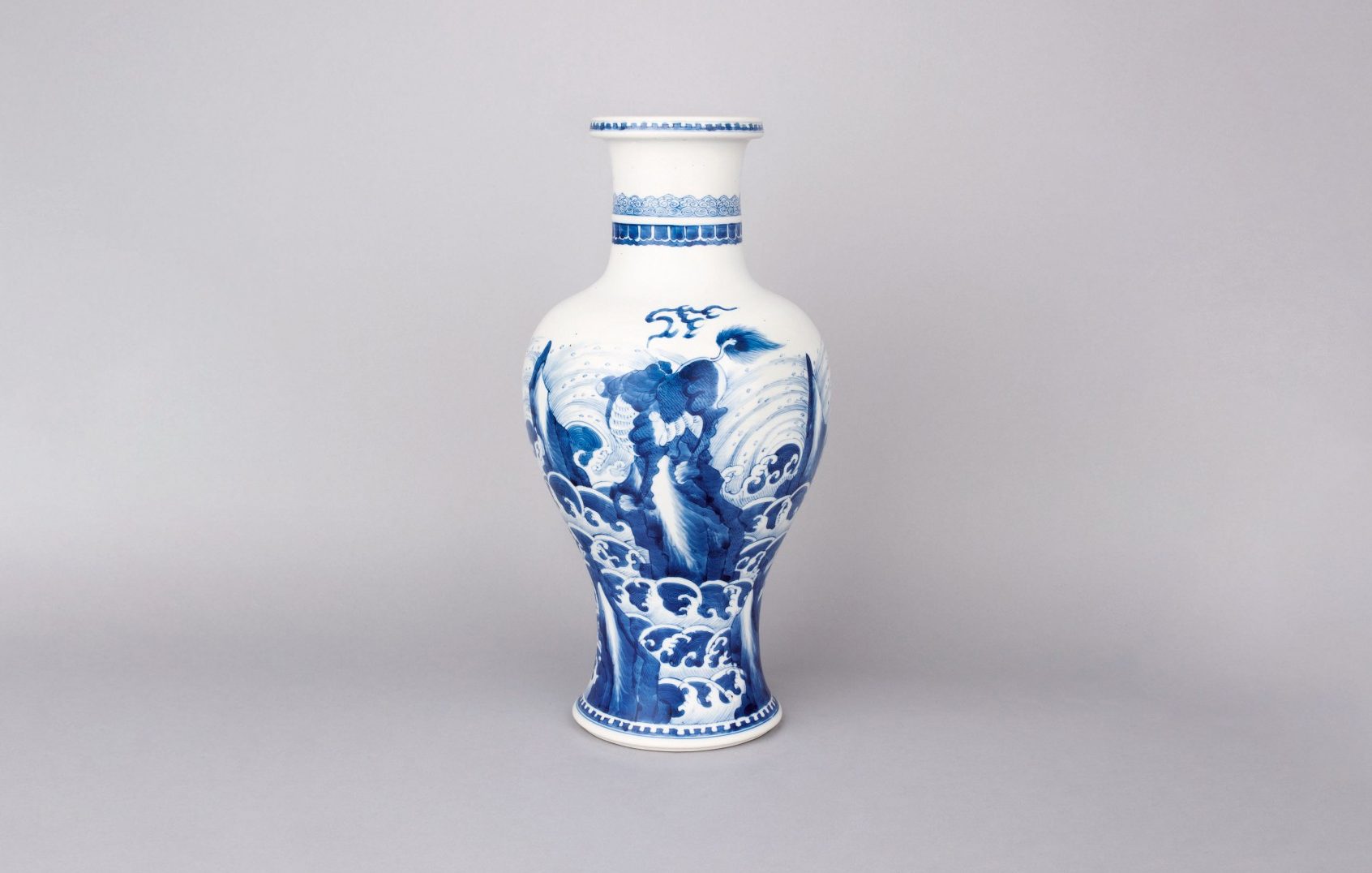

Articles
What Are Blue And White Vases Called
Modified: February 24, 2024
Discover the mesmerizing world of blue and white vases - also known as articles - and bring a touch of elegance to your home with these exquisite pieces.
(Many of the links in this article redirect to a specific reviewed product. Your purchase of these products through affiliate links helps to generate commission for Storables.com, at no extra cost. Learn more)
Introduction
Blue and white vases, with their timeless beauty and delicate charm, have captured the hearts of art enthusiasts and collectors for centuries. These exquisite ceramic pieces, adorned with intricate patterns and designs, have become iconic symbols of elegance and sophistication. In this article, we will explore the fascinating history, cultural significance, production techniques, and famous examples of blue and white vases. Whether you are an avid collector or simply appreciate the artistry behind these stunning works, join us on this journey to discover the allure of blue and white vases.
Key Takeaways:
- Blue and white vases, originating from ancient China and spreading to Europe and beyond, symbolize prosperity and cultural elegance, captivating collectors and enthusiasts worldwide.
- The production, cultural significance, and historical journey of blue and white vases showcase their timeless beauty, craftsmanship, and universal appeal, making them cherished art pieces across diverse cultures.
Read also: 15 Superior Blue Vase for 2024
History of Blue and White Vases
The history of blue and white vases can be traced back to ancient China, where the art of ceramic production flourished. The use of cobalt blue pigment on white porcelain dates back to the Tang Dynasty (618-907 AD). However, it was during the Yuan Dynasty (1279-1368) that blue and white porcelain truly gained popularity.
The technique of using cobalt oxide to create a vivid blue hue became widely practiced during the Ming Dynasty (1368-1644). The popularity of blue and white vases soared during the reign of Emperor Xuande (1426-1435) of the Ming Dynasty. The imperial kilns at Jingdezhen, known as the “porcelain capital,” produced exquisite blue and white porcelain vases for the imperial court.
During the Qing Dynasty (1644-1912), blue and white porcelain reached its peak of excellence. The Kangxi Emperor (1662-1722) was a great patron of blue and white porcelain and promoted its production. The Qing Dynasty marked the expansion of blue and white vases in the global market with export to Europe and other parts of the world.
Blue and white vases gained popularity in the West in the 17th century, particularly during the Dutch Golden Age. The Dutch East India Company imported large quantities of blue and white porcelain from China, which became highly sought after by European collectors and aristocracy. The term “Delftware” was coined to describe Dutch-made blue and white ceramics inspired by Chinese designs.
In the late 18th and early 19th centuries, blue and white porcelain production expanded to other countries, including England and Japan. The British firm, Spode, played a vital role in popularizing blue and white patterns in Europe. Japanese ceramics, known as Arita or Imari ware, also embraced the blue and white tradition, creating their unique interpretation of these vases.
Today, blue and white vases continue to be cherished and collected worldwide. They are not only valued for their historical significance but also admired for their timeless beauty and ability to complement various interior styles. The rich history of blue and white vases has left an indelible mark on the world of ceramics, inspiring generations of artists and collectors alike.
Cultural Significance of Blue and White Vases
Blue and white vases hold profound cultural significance across different civilizations and have been revered for their symbolism and artistic value. Let’s explore the cultural significance of these exquisite ceramic pieces:
- Chinese Culture: In Chinese culture, blue and white vases represent purity, wealth, and good fortune. The combination of blue, symbolizing heaven, and white, symbolizing earth, is believed to bring harmony and balance. These vases are often associated with traditional Chinese aesthetics and grace many homes and temples as a symbol of prosperity and auspiciousness.
- Dutch Culture: During the Dutch Golden Age, blue and white vases became a status symbol and a cherished part of Dutch culture. These vases were highly sought after and displayed prominently in homes to showcase wealth and refined taste. The Dutch adopted and adapted the Chinese blue and white porcelain tradition, creating their distinctive style known as Delftware.
- Islamic Culture: Blue and white ceramics hold significance in Islamic culture, particularly in the context of ceramic art produced in regions such as Iran, Turkey, and Central Asia. These vases often feature intricate geometric patterns and calligraphy, reflecting the influence of Islamic art and design. Blue symbolizes spirituality, while white represents purity and divine grace.
- Japanese Culture: Blue and white vases, known as Arita or Imari ware, have a rich history in Japanese culture. They are highly valued for their intricate designs, often featuring nature-inspired motifs like cherry blossoms, bamboo, and birds. These vases are considered a symbol of Japanese craftsmanship and elegance.
Blue and white vases have transcended cultural boundaries and have become prized possessions in collections around the world. They serve as a testament to the beauty of diverse cultures, their artistic traditions, and the universal appeal of these timeless ceramics.
Production Techniques of Blue and White Vases
The production of blue and white vases requires skillful craftsmanship and a meticulous process. Let’s delve into the techniques involved in creating these stunning ceramic masterpieces:
Porcelain Preparation: Blue and white vases are typically made of porcelain, a type of fine, translucent ceramic. The first step in the production process is the preparation of the porcelain clay. The clay mixture is carefully formulated to achieve the desired texture and consistency for shaping and firing.
Shaping and Forming: Once the clay is prepared, it is shaped into the desired form using various techniques such as wheel-throwing or hand-building. Skilled artisans shape the clay into vases, bowls, plates, or other vessel forms, paying close attention to proportion and symmetry.
Decoration: The hallmark of blue and white vases lies in their exquisite decorations. The most common decoration technique is underglaze painting. This involves applying cobalt oxide-based pigment to the unfired porcelain surface, which subsequently fuses with the glaze during the firing process. This technique allows for intricate patterns, motifs, and designs to be painted onto the vases.
Glazing: After painting, the vases are coated with a layer of glaze, typically made from a mixture of silica, feldspar, clay, and other minerals. The glaze enhances the overall appearance of the vase, adds a glossy finish, and protects the underlying decoration. The glaze is carefully applied to ensure a smooth and even coverage.
Firing: Once the vases are decorated and glazed, they are subjected to high temperatures in a kiln. The firing process vitrifies the clay and glaze, transforming them into a durable and lustrous finish. The temperature and duration of firing vary depending on the specific type of porcelain and desired results.
Finishing Touches: Finally, the vases undergo any necessary final adjustments or refinements. This may include sanding rough edges, inspecting for imperfections, and adding additional decorative elements like handles or lids. The finished blue and white vases are then ready to be admired and showcased.
The production techniques of blue and white vases require a harmonious combination of artistic skill, technical precision, and an understanding of the unique properties of porcelain. It is the careful execution of these techniques that brings these vases to life, making them highly cherished works of art.
Blue and white vases are often referred to as “blue and white porcelain vases” due to their traditional use of blue paint on white porcelain. These vases are commonly associated with Chinese and Dutch Delft pottery.
Famous Examples of Blue and White Vases
Throughout history, numerous blue and white vases have gained fame and recognition for their exceptional beauty and craftsmanship. Here are some notable examples:
- Ming Dynasty Porcelain: The Ming Dynasty saw the production of exceptional blue and white porcelain vases. A famous example is the “Meiping” vase from the Xuande period (1426-1435). This pear-shaped vase features intricate floral motifs and delicate brushwork, showcasing the pinnacle of Ming Dynasty ceramic art.
- Kangxi Porcelain: During the Qing Dynasty, the Kangxi Emperor played a significant role in promoting blue and white porcelain production. The Kangxi period (1662-1722) is known for its outstanding blue and white vases, such as the “Hundred Boys” vase. This vase depicts a hundred playful children engaged in various activities, symbolizing good fortune and abundance.
- Delftware: Delftware, inspired by Chinese blue and white porcelain, became popular in the Netherlands during the 17th century. The “Royal Delft” factory produced exceptional blue and white vases, like the “Tulip vase” or “Kraak porselein” vase. These vases feature intricate patterns and distinctive Dutch designs.
- Arita Ware: Arita ware, also known as Imari ware, is a Japanese interpretation of blue and white porcelain. The Nabeshima kilns in Arita produced remarkable vases, such as the “Kakiemon” vase. This vase showcases the exquisite art of enamel painting, with rich blue and white patterns and vibrant colors.
- Modern Interpretations: In recent times, contemporary ceramic artists have created their unique blue and white vases. One notable example is the work of master ceramicist Jun Kaneko, known for his large-scale ceramic installations. His blue and white vases combine traditional and modern aesthetics, pushing the boundaries of form and design.
These famous blue and white vases are not only treasured for their historical significance but also serve as a testament to the timeless beauty and enduring appeal of this art form. They continue to inspire and captivate art enthusiasts and collectors around the world.
Read also: 11 Best Blue Glass Vase for 2024
Collecting Blue and White Vases
Collecting blue and white vases has long been a passion for art enthusiasts and collectors alike. Whether you are a seasoned collector or just starting your journey, here are some tips to consider:
- Educate Yourself: Take the time to learn about the different styles, periods, and regions of blue and white vases. Familiarize yourself with the techniques, motifs, and markings associated with specific eras or kilns. This knowledge will help you make informed decisions when adding vases to your collection.
- Condition and Authenticity: Assess the condition of the vase you are interested in. Look for any cracks, chips, or repairs, as these factors can affect its value. Additionally, be aware of the possibility of reproductions or fakes. Consult with experts or trusted dealers to ensure the authenticity of the piece.
- Provenance: Consider the vase’s provenance, or its documented history of ownership. Vases with notable provenance, such as those once owned by renowned collectors or displayed in prestigious exhibitions, can fetch higher prices and add value to your collection.
- Establish Relationships: Attend auctions, galleries, and antique shows to meet dealers, collectors, and experts in the field. Building relationships with knowledgeable individuals in the blue and white vase community can provide valuable insights, access to rare pieces, and opportunities to expand your collection.
- Curate a Theme or Style: Consider curating a specific theme or style within your collection. This could be based on a particular era, region, or motif. Focusing on a specific niche can not only give your collection a cohesive aesthetic but can also deepen your understanding and appreciation for that particular style.
- Display and Preservation: Take care in displaying and preserving your blue and white vases. Consider factors such as lighting, temperature, and humidity to ensure their longevity. Display them prominently to showcase their beauty and create a visually appealing presentation.
- Continual Learning: The world of blue and white vases is vast and ever-evolving. Continue to educate yourself, attend workshops or lectures, and explore museums and exhibitions dedicated to this art form. Staying engaged and continually learning will enhance your collecting experience and deepen your appreciation for blue and white vases.
Collecting blue and white vases is a delightful journey that allows you to appreciate the historical, cultural, and artistic significance of these magnificent ceramics. With careful consideration, knowledge, and a discerning eye, your collection will become a testament to the timeless beauty of blue and white vases.
Conclusion
Blue and white vases hold a special place in the world of ceramics, captivating art enthusiasts and collectors with their exquisite beauty and cultural significance. From ancient China to the present day, these timeless pieces have transcended boundaries and garnered admiration across civilizations.
We explored the rich history of blue and white vases, from their origins in China during the Tang Dynasty to their popularity during the Ming and Qing Dynasties. The influence of blue and white porcelain spread to Europe, inspiring the creation of Delftware in the Netherlands and influencing ceramic production in other countries.
The cultural significance of blue and white vases varies across different regions and societies. In China, they symbolize prosperity and good fortune, while in the Netherlands, they became status symbols. Islamic and Japanese cultures have also embraced blue and white ceramics, adding their unique artistic interpretations.
We delved into the production techniques behind these remarkable vases, from porcelain preparation to shaping, decoration, glazing, and firing. The intricate craftsmanship involved in creating each piece highlights the painstaking efforts of skilled artisans who have mastered this art form over centuries.
Famous examples, such as vases from the Ming and Qing Dynasties, Delftware, and Arita ware, showcase the exceptional artistry and cultural significance of blue and white vases. These vases continue to inspire contemporary artists, leading to the exploration of new design possibilities and artistic expressions.
For collectors, the journey of acquiring blue and white vases involves careful research, attention to authenticity and condition, and building relationships within the collector community. Curating a collection can be a personal and rewarding experience, allowing collectors to delve deeper into specific styles or themes.
In conclusion, blue and white vases represent a harmonious blend of artistry, history, and cultural significance. Their enduring allure has captured the hearts of people across the world, making them treasured pieces of art that transcend time and continue to be cherished for generations to come.
Frequently Asked Questions about What Are Blue And White Vases Called
Was this page helpful?
At Storables.com, we guarantee accurate and reliable information. Our content, validated by Expert Board Contributors, is crafted following stringent Editorial Policies. We're committed to providing you with well-researched, expert-backed insights for all your informational needs.
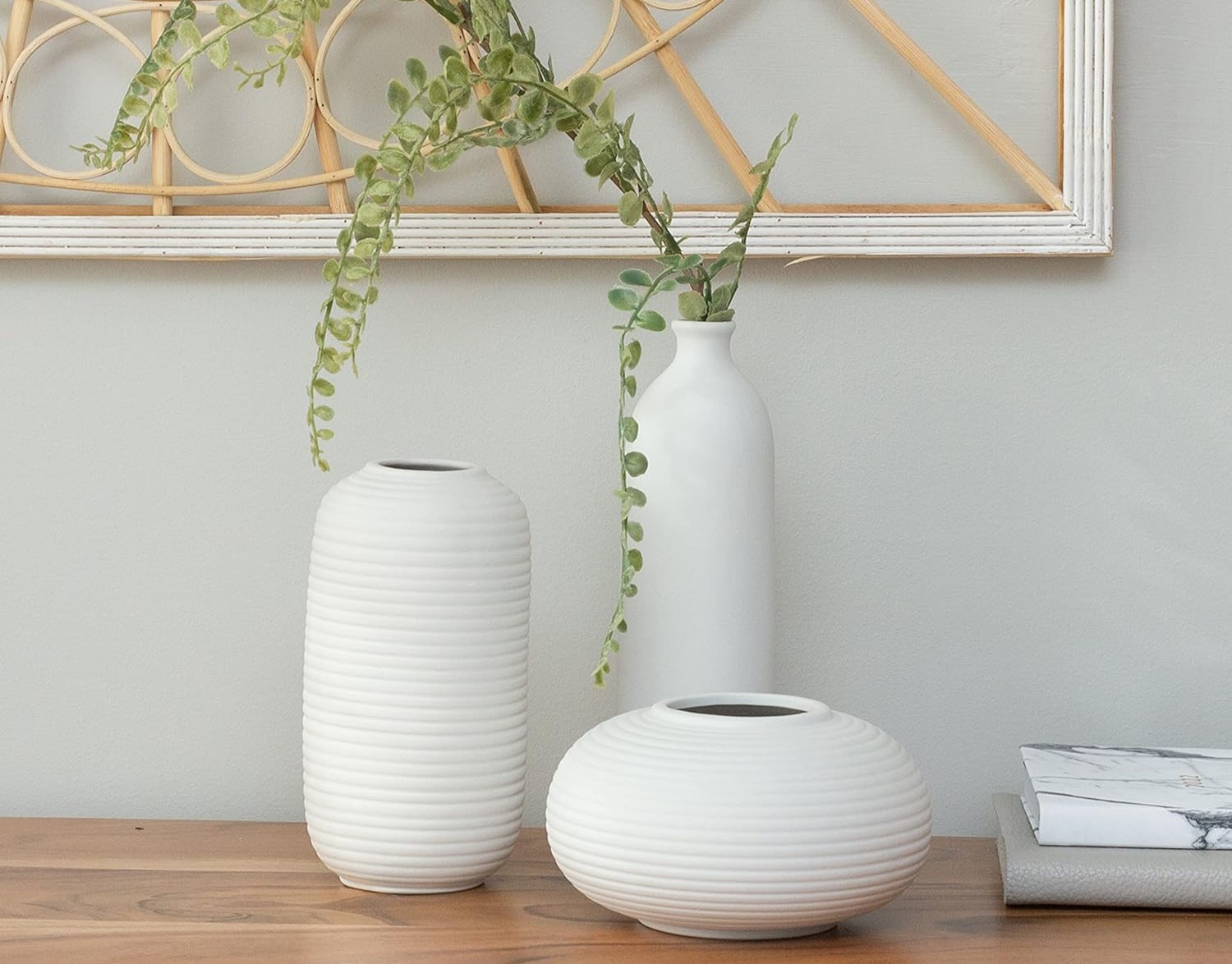

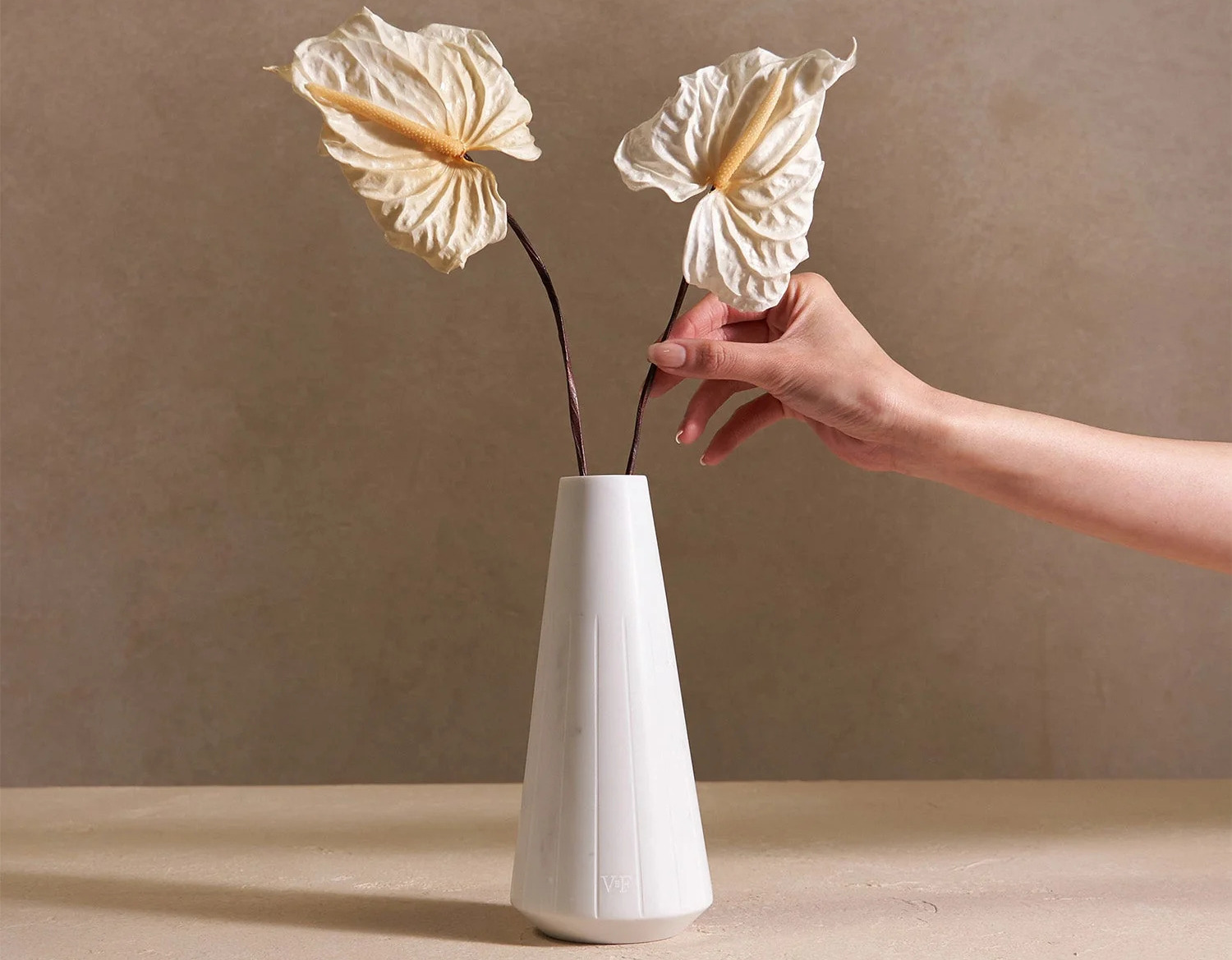
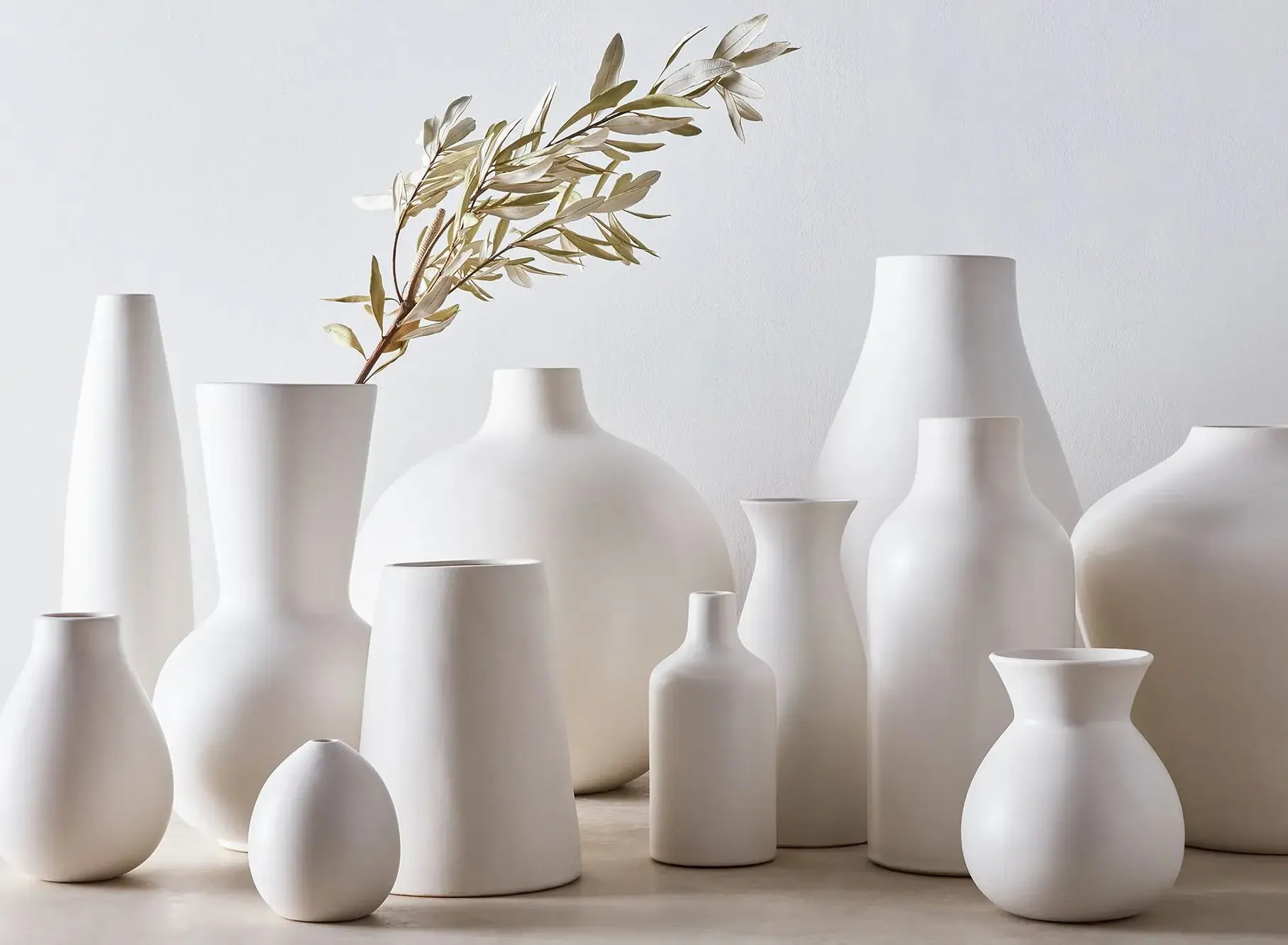

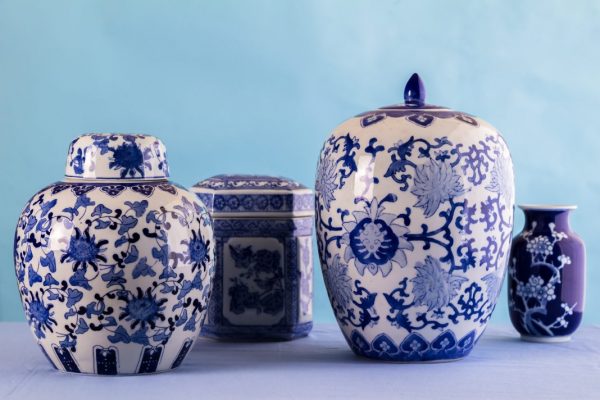

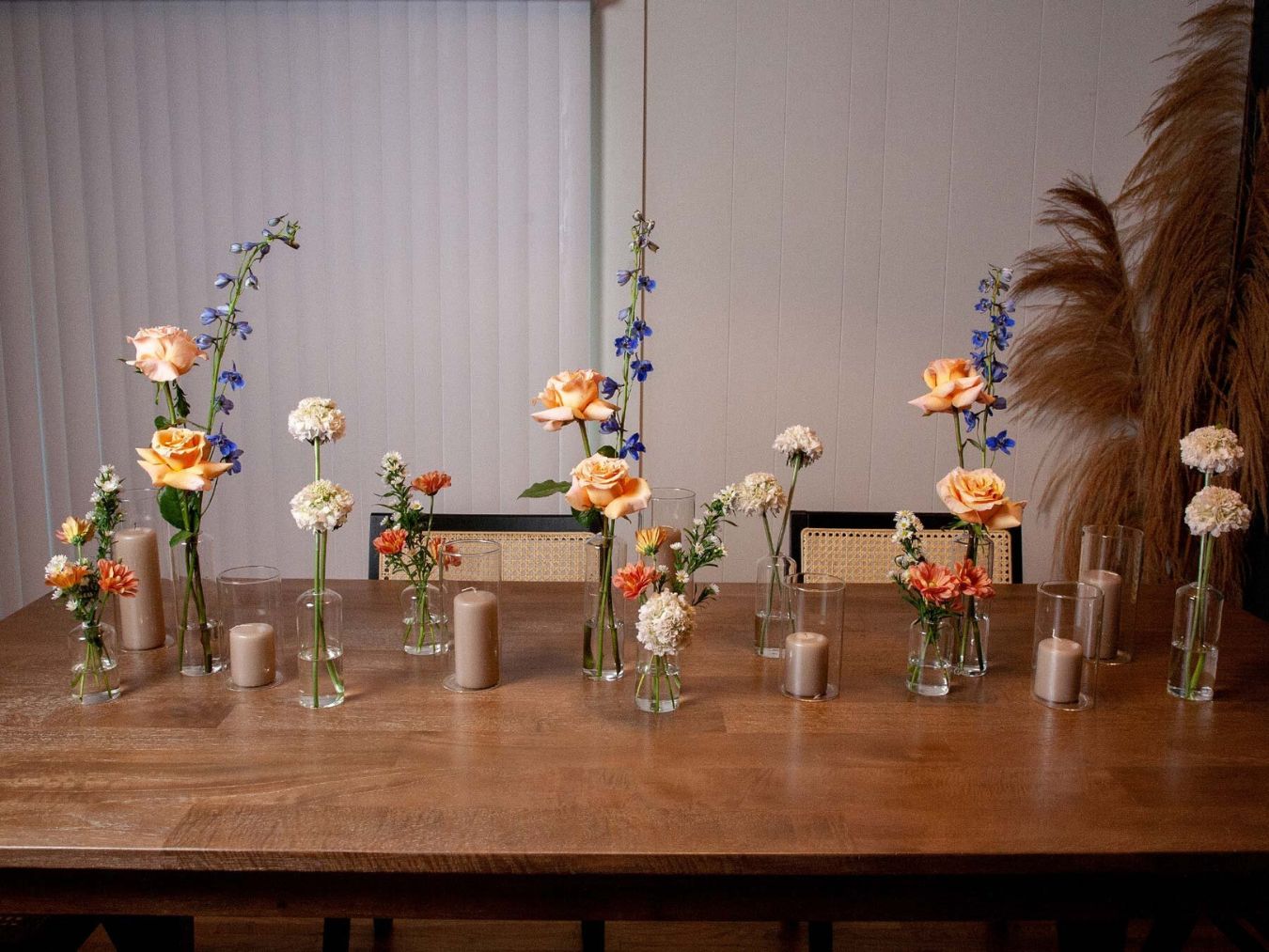

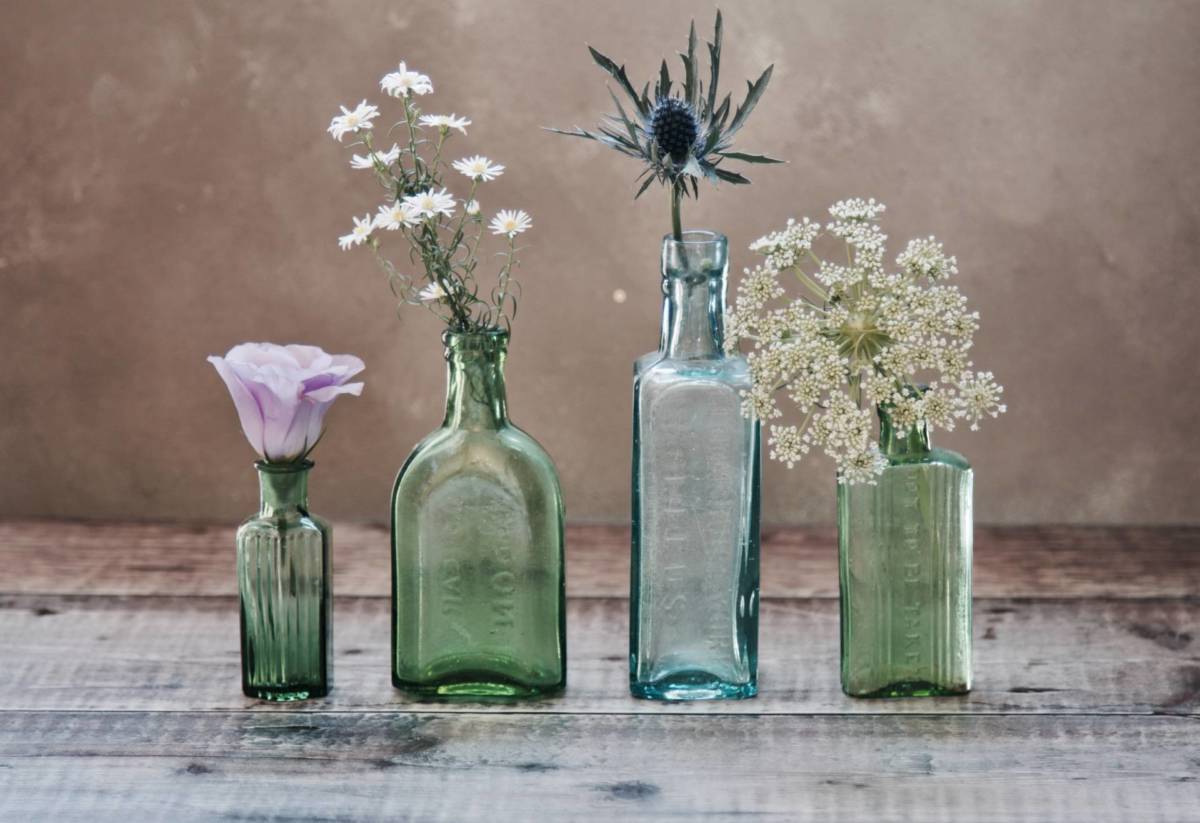


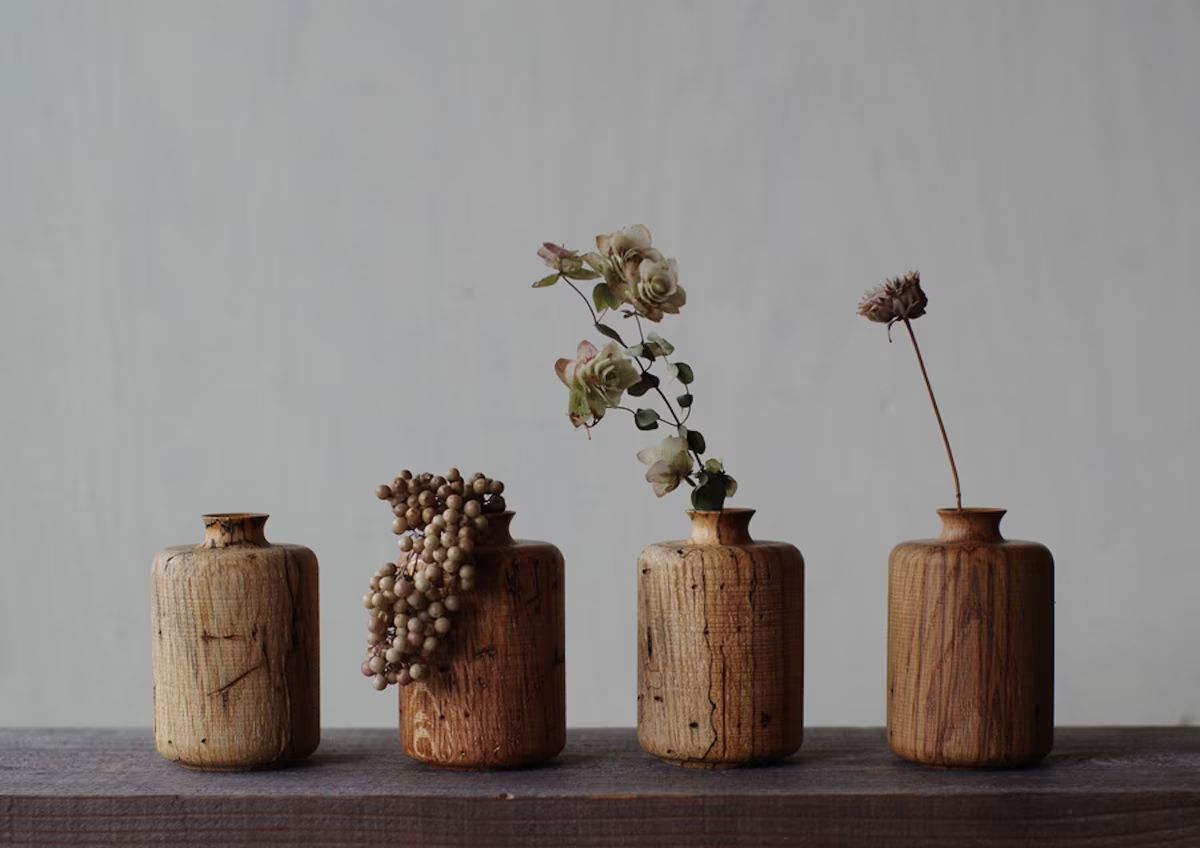


0 thoughts on “What Are Blue And White Vases Called”